Firebush Pruning Guide – Learn How To Prune A Firebush


Firebush is a magnet for butterflies and bees. This Central and South American native develops into a 6 to 8 foot (1.8 to 2.4 m.) tall shrub with a similar spread. The plant has a naturally upright form but keeping it trimmed can help keep it compact and force more blooms.
Cutting back a firebush needs to be done at the right time in order to preserve the next year's flowers. Learn when to trim a firebush so you can keep it tidy and still enjoy a lushly blooming plant.
When to Trim a Firebush
Firebush blooms throughout the year in its natural habitat. The brightly colored, tubular flowers come in orange, red and yellow, a veritable sunset of colors. The fruit that forms has a slightly acidic taste and is actually made into a fruit drink in Mexico. Regular pruning can prevent the formation of the fruits, but lightly trimming firebush plants is necessary to keep them in check, as in the case of a hedge.
The best time for firebush pruning is late winter to early spring. This is when the plant is not actively growing and such activity will cause less damage. Pruning at this time will prevent removal of flower buds as well.
You can prune the plant in summer with no ill effects, but many of the blooms will be lost and fruit will be prevented from forming. Firebush is a semi-woody perennial and will require nice sharp tools to help prevent injury to the plant.
How to Prune a Firebush
Heading back or trimming firebush plants helps the plant form a compact rather than splayed appearance. To do this, you will be hand trimming rather than using a hedging saw. At each branch, cut back to the previous growth node. This will cause the cut area to send out more stems and form a bushier appearance.
In order to rejuvenate a neglected firebush, up to one third of the plant may have to be removed. Select the largest, thickest branches for that initial removal. The next season, remove the next largest and repeat the third season. Thereafter, only light trimming annually should be necessary.
Gardening tips, videos, info and more delivered right to your inbox!
Sign up for the Gardening Know How newsletter today and receive a free copy of our e-book "How to Grow Delicious Tomatoes".
Tips on Cutting Back a Firebush
In some regions, such as northern Florida, the plant will die back in winter. As the leaves drop and the stems go dormant, the plant is in a perfect state to be trimmed, but you should wait until just before leaves bud out to prevent any frost injury.
It is suggested to prune the plant to a height of no less than 5 feet (1.5 m.) to preserve the flowers. Always use keen edged tools that have been wiped with alcohol or a bleach solution. This prevents injury to the woody tissues and the introduction of disease.

Bonnie Grant is a professional landscaper with a Certification in Urban Gardening. She has been gardening and writing for 15 years. A former professional chef, she has a passion for edible landscaping.
-
 Moody Blooms For Spring: 8 Types Of Black Flowers To Add Drama To Spring Displays
Moody Blooms For Spring: 8 Types Of Black Flowers To Add Drama To Spring DisplaysFrom midnight burgundies to inky violets, several types of black flowers can enrich and embolden a spring display. Try these brooding bloomers for a moody garden
By Tonya Barnett
-
 Can Snake Plants Live Outside? Everything You Need To Know For Snake Plants Al Fresco
Can Snake Plants Live Outside? Everything You Need To Know For Snake Plants Al FrescoSnake plants can live outside given the right conditions, but be careful that they don't take over! Learn the best way to use snake plants in your landscape.
By Mary Ellen Ellis
-
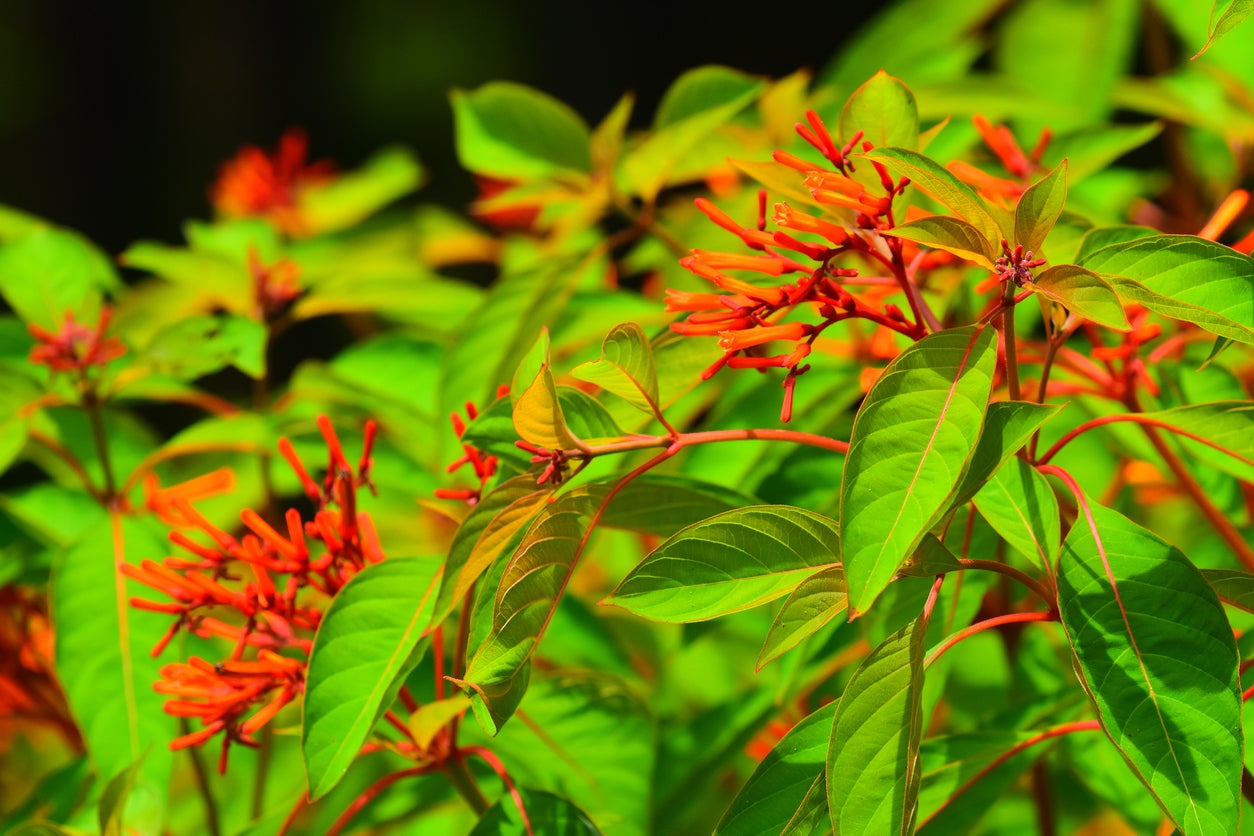 Firebush Winter Care Guide – Can You Grow A Firebush In Winter
Firebush Winter Care Guide – Can You Grow A Firebush In WinterKnown for its bright red flowers and extreme heat tolerance, firebush is a popular blooming perennial. But as with many plants that thrive on heat, the question of cold quickly arises. Learn more about firebush cold tolerance and firebush winter care here.
By Liz Baessler
-
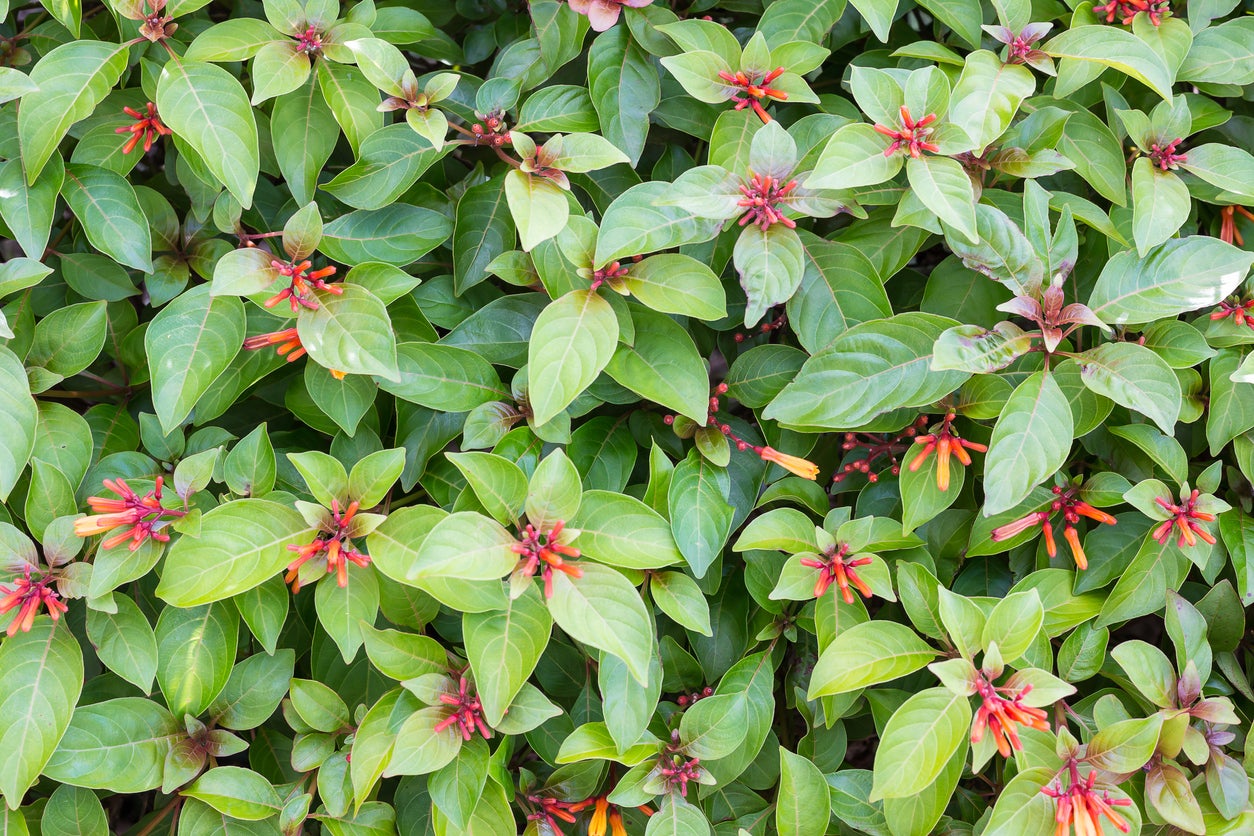 Can You Grow A Firebush Hedge: Firebush Boundary Plant Guide
Can You Grow A Firebush Hedge: Firebush Boundary Plant GuideKnown for its dazzlingly red flowers and ability to sustain high temperatures, firebush is also known for being able to take a serious pruning. These qualities combine to make it a great choice for a natural hedge. Learn more about growing firebush hedge plants here.
By Liz Baessler
-
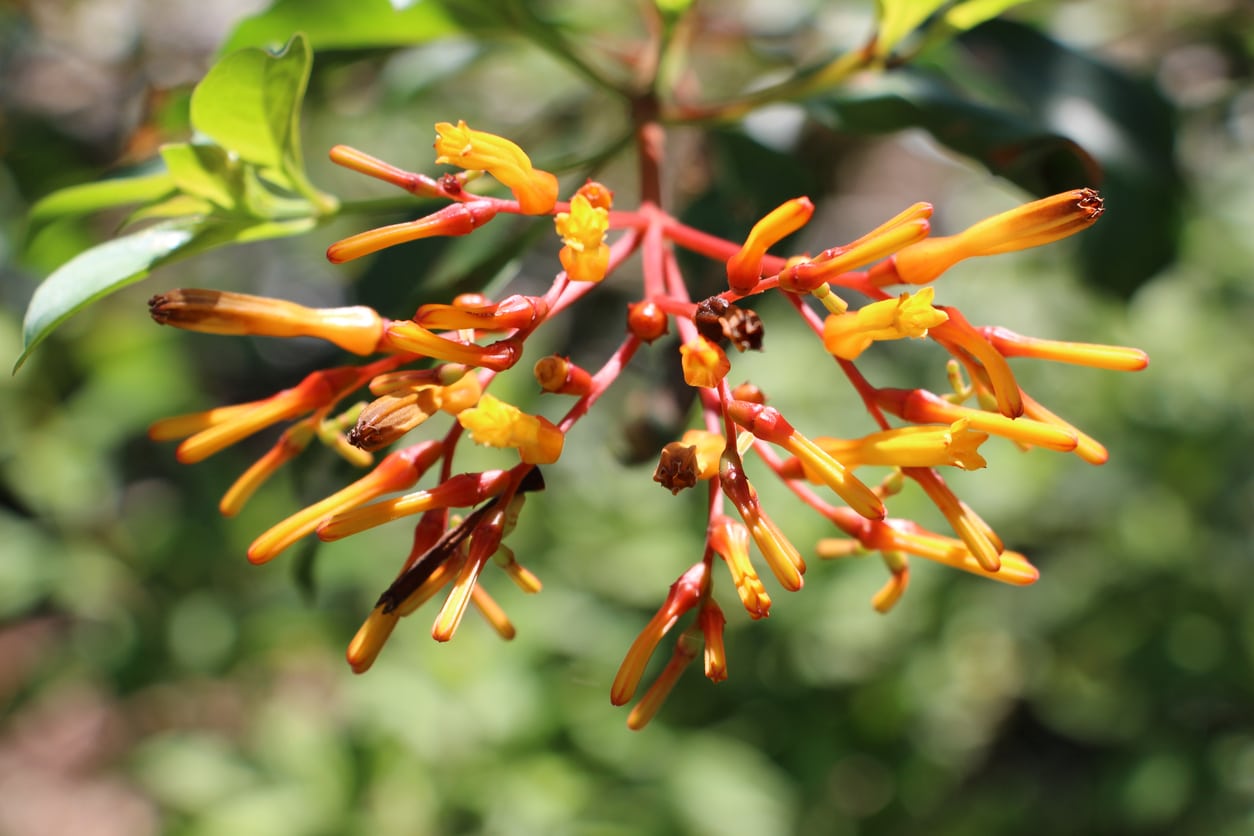 Popular Types Of Firebush – Learn About Different Kinds Of Firebush Plant
Popular Types Of Firebush – Learn About Different Kinds Of Firebush PlantFirebush is the name given to a series of plants that bloom profusely with bright red, tubular flowers. But what exactly constitutes a firebush, and how many varieties are there? Learn about different firebush cultivars and species in this article.
By Liz Baessler
-
 Uses For Firebush Plants: What Is Firebush Good For
Uses For Firebush Plants: What Is Firebush Good ForFirebush earns its name two ways - one for its blazing red foliage and flowers, and one for its ability to thrive in the extreme summer heat. The versatile plant has several uses, both in and beyond the garden. Learn more about using firebush shrubs in this article.
By Liz Baessler
-
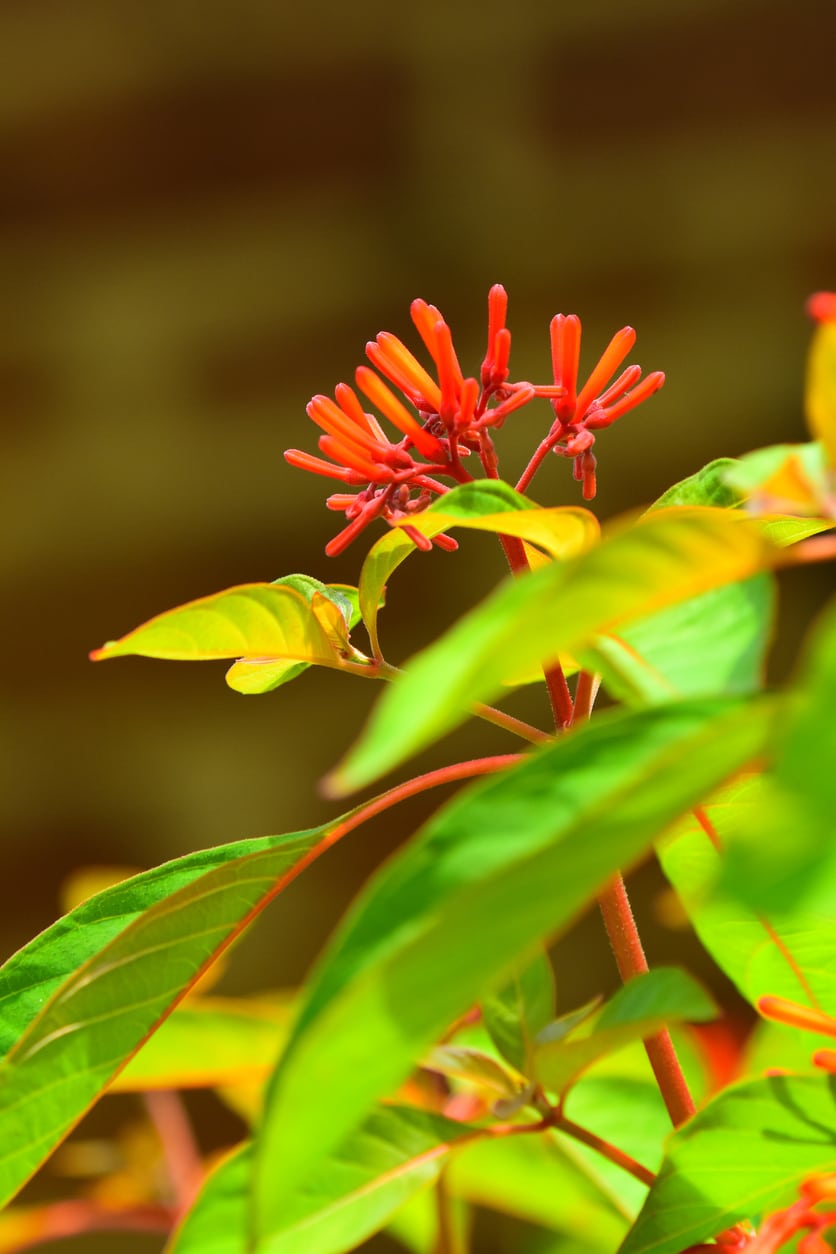 Firebush Container Care: Can You Grow Firebush In A Pot
Firebush Container Care: Can You Grow Firebush In A PotA lover of hot weather, firebush is native to tropical regions. In cooler, non-tropical locations, firebush can be grown as an annual or container plant. Click here to learn some care tips for potted firebush plants and see if this plant is for you.
By Darcy Larum
-
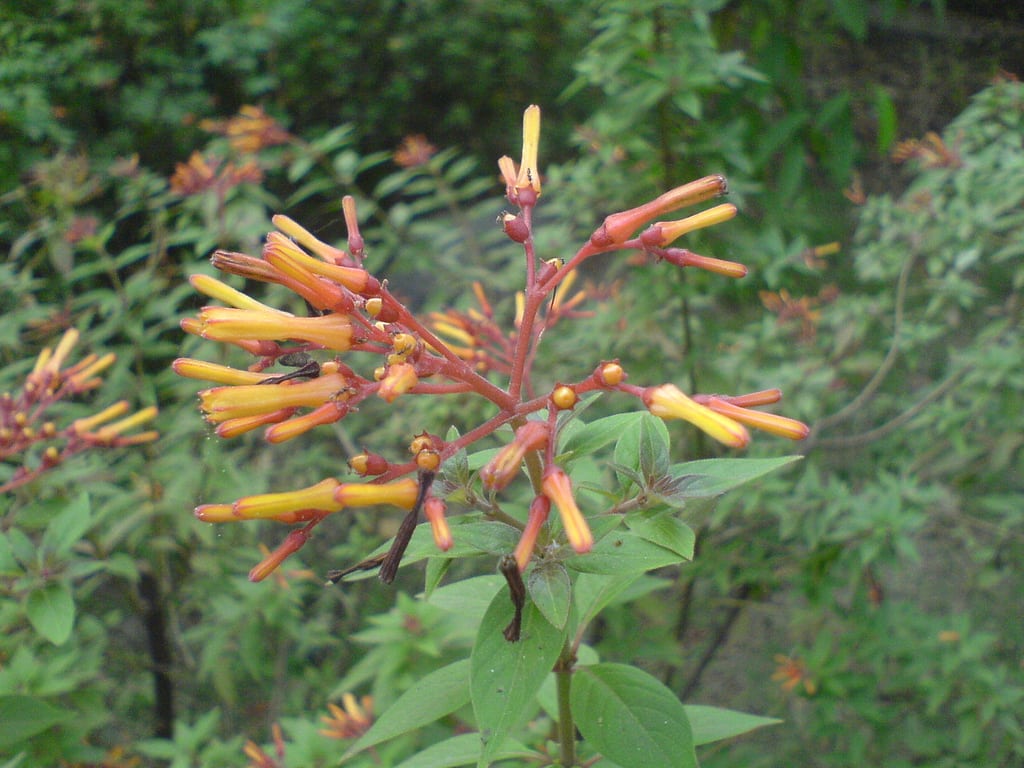 Firebush Seed Sowing: When To Plant Firebush Seeds
Firebush Seed Sowing: When To Plant Firebush SeedsIf you are wondering about growing beautiful and easy-care firebush, then click this article for information on firebush seed propagation. We’ll offer tips on growing firebush from seeds including when and how to plant firebush seeds.
By Teo Spengler
-
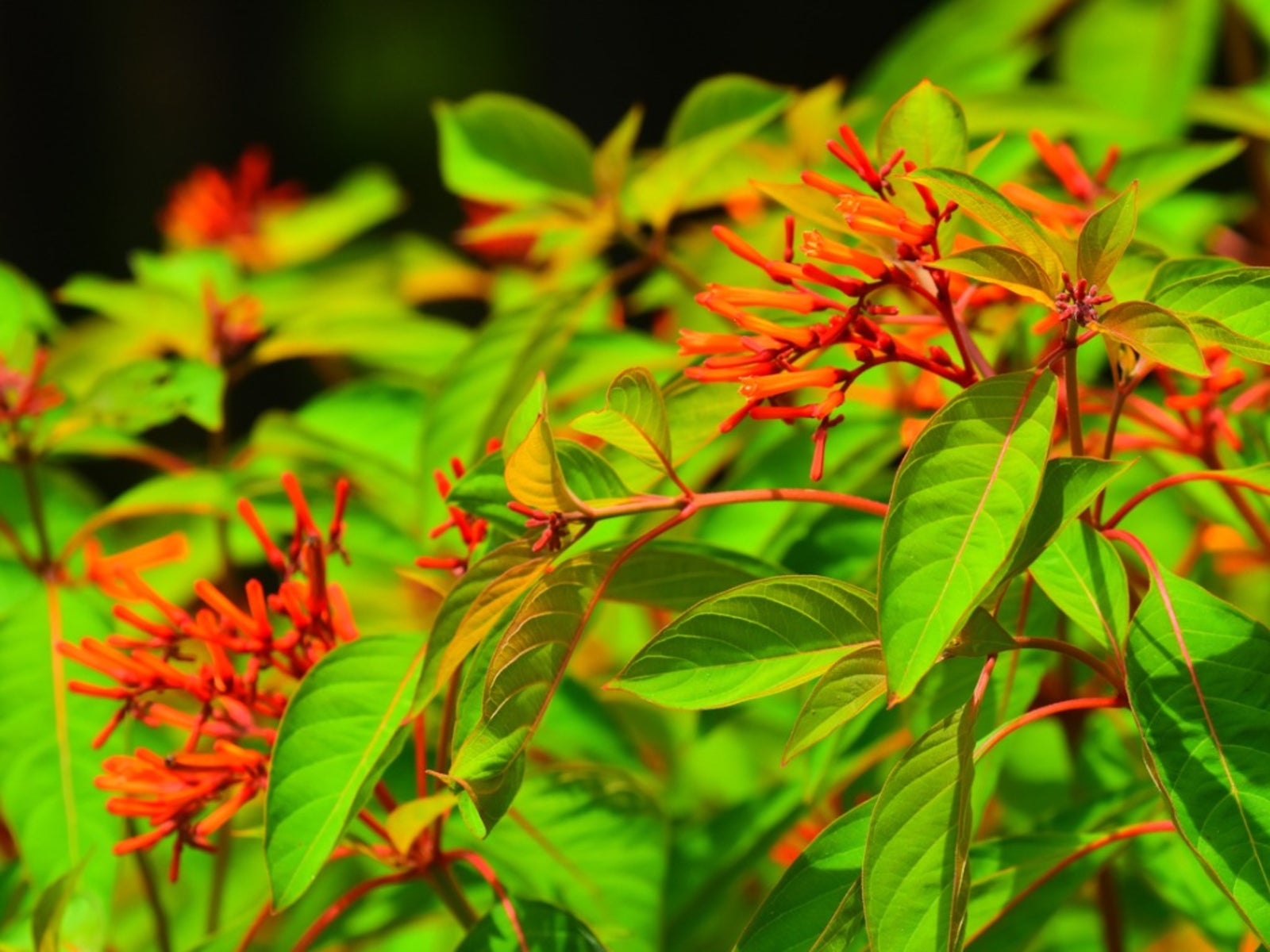 Firebush Leaf Drop: Reasons For No Leaves On A Firebush
Firebush Leaf Drop: Reasons For No Leaves On A FirebushFirebush is generally easy to grow if you live in the warm climates of USDA plant hardiness zone 9 through 11, but even this hardy shrub is sometimes beset by problems, including firebush leaf drop. Explore what may be to blame in this article.
By Mary H. Dyer
-
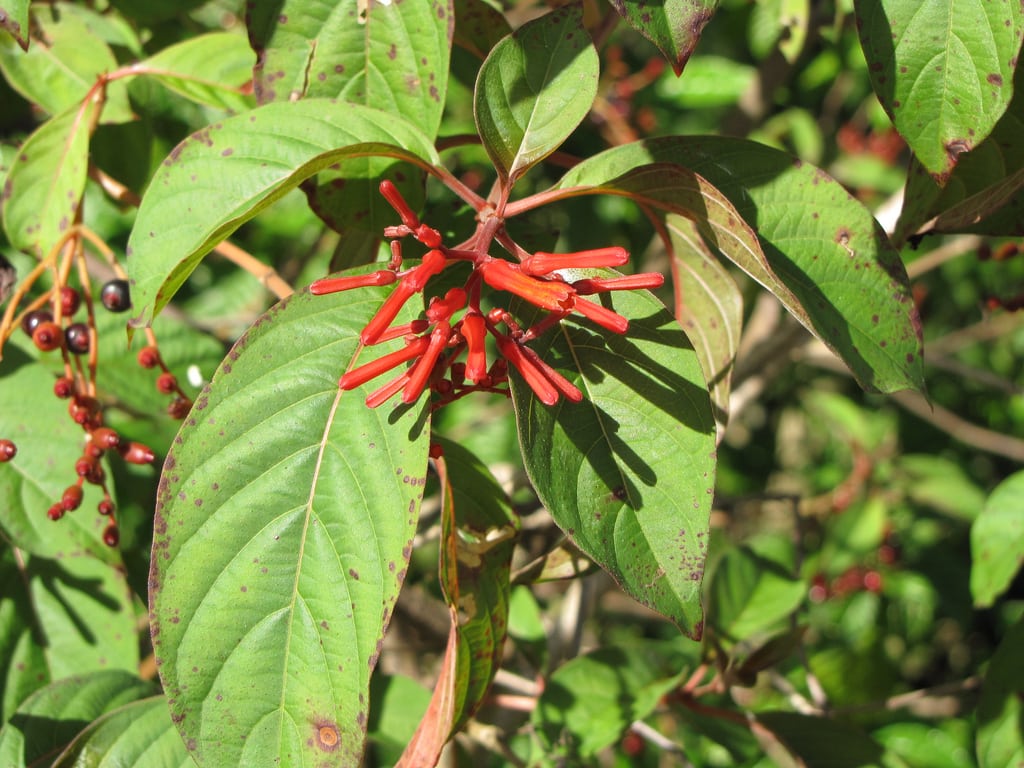 Firebush Watering Guide – Tips For Watering A Firebush Shrub
Firebush Watering Guide – Tips For Watering A Firebush ShrubFirebush is practically bullet-proof once established and tends to be relatively drought tolerant, but it does regular irrigation, especially during the early years. Click on the following article and we’ll discuss firebush water requirements.
By Mary H. Dyer